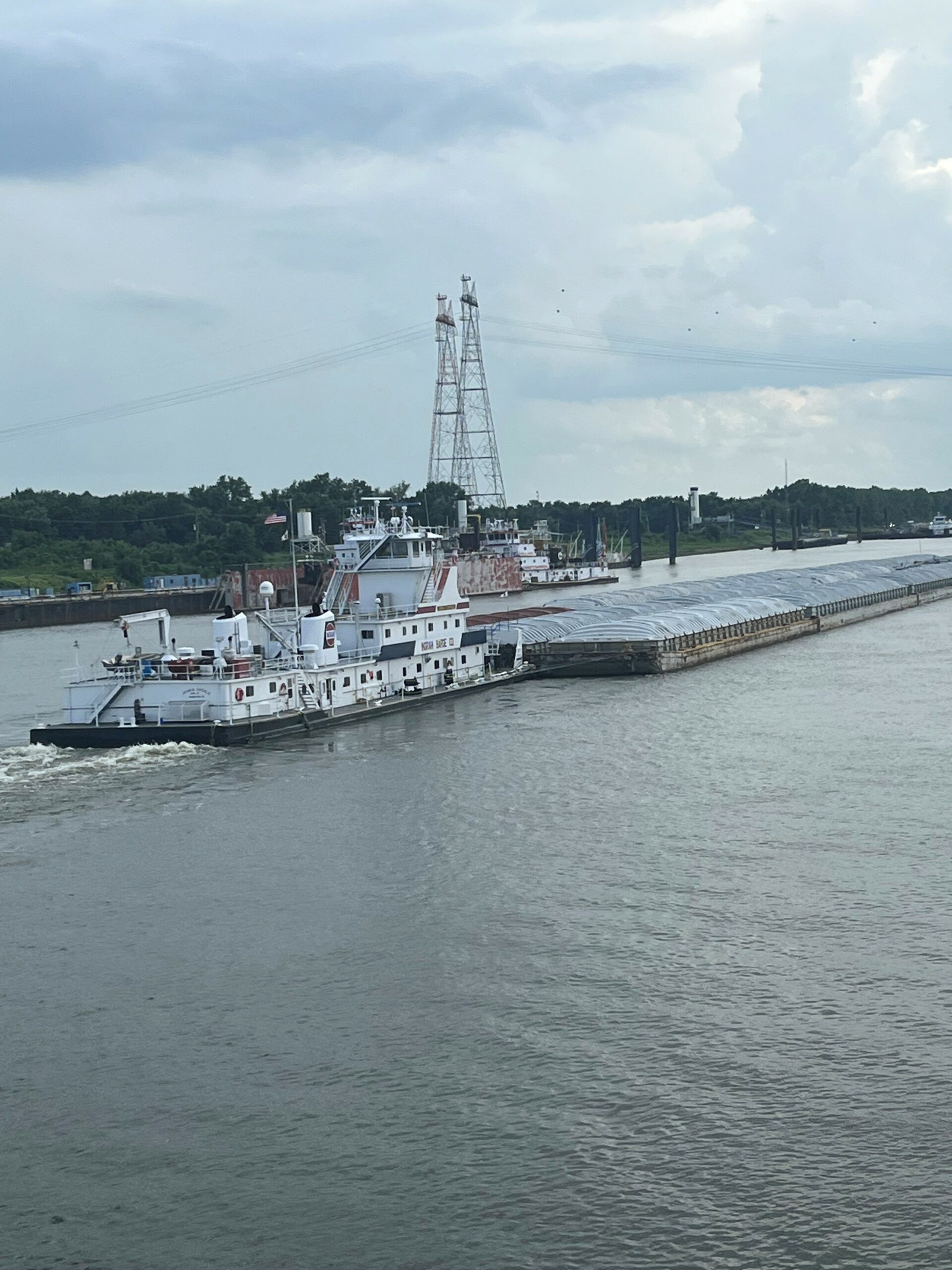May 12, 2023
By Mike Steenhoek, Executive Director, Soy Transportation Coalition
Last fall, much of our nation’s attention was devoted to the historically low water levels on the inland waterway system—particularly the Mississippi River. A system that all too often suffers from a lack of appreciation and understanding became more recognized as an integral link in the U.S. economy’s supply chain. For agriculture, the concern was particularly acute—not only given the volume of soybeans and grain transported by barge but also due to the low water conditions occurring in the middle of harvest season. The timing could not have been less opportune. The American Soybean Association, Soy Transportation Coalition and other agricultural organizations were active in raising attention to these challenges and urging our national leaders to do everything possible to address the situation.

Fortunately, since last fall, export terminals and barge operators have been reporting more of a return to normalcy.
According to the U.S. Geological Survey, on March 12, 2023, the water level on the Mississippi River at Memphis, Tennessee, was 27.86 ft. A year earlier, on March 12, 2022, the water level there was 30.65 ft.
For additional comparison, on the Mississippi River at Memphis on March 12, 2021, the river gauge reading was 29.69 ft. On March 12, 2020, the river gauge reading was 26.02 ft.
On the Mississippi River at St. Louis, Missouri, on March 12, 2023, the water level was 13.76 ft. A year earlier, on March 12, 2022, the water level there was 9.66 ft.
For additional comparison, on the Mississippi River at St. Louis on March 12, 2021, the river gauge reading was 12.54 ft. On March 12, 2020, the river gauge reading was 23.68 ft.
We are observing more of a return to normal not only with river levels but also with barge freight rates. In the U.S. Department of Agriculture’s “Grain Transportation Report” for the week ending March 14, 2023, the barge rate for a shipment originating in St. Louis was $15.64 per ton. This compares to $34.75 per ton for the week ending March 15, 2022. This amounts to a 55% decrease in barge rates over the past year. According to the “Grain Transportation Report,” rates reached their highest for the week ending on Oct. 11, 2022, when they hit $105.85 per ton (originating in St. Louis) during the period in which river levels were acutely low.
No one notices a road until they encounter a pothole. In 2022, we had numerous “potholes” that impacted our multimodal transportation system. From historically low water levels on the Mississippi River, to the potential of a railroad strike, to a rise in fuel costs, to labor shortages, to congestion at our ports, there were a number of challenges agriculture and other industries had to manage. It serves as a reminder that a well-functioning supply chain is not just about cost, speed and reliability: It is also about resiliency. We look forward to continuing to work alongside the American Soybean Association and others to advocate for such a system for America’s soybean farmers.